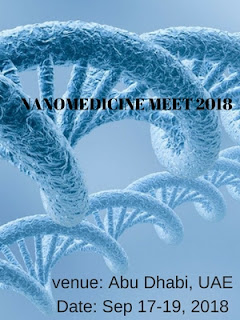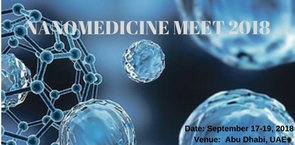Nanomedicine: Drugs can be made 'smarter'
Packaging small-molecule drugs
into nanoparticles improves their bio-availability, bio-compatibility and
safety profiles. Multifunctional particles carrying large drug payloads for
targeted transport, immune evasion and favourable drug release kinetics at the
target site, require a certain minimum size usually 30-300 nm diameter, so are
nanoparticles. Targeting particles to a disease site can signal the presence of
the disease site, block a function there, or deliver a drug to it. Targeted
nanocarriers must navigate through blood-tissue barriers, varying in strength
between organs and highest in the brain, to reach target cells. They must enter
target cells to contact cytoplasmic targets; specific endocytotic and
transcytotic transport mechanisms can be used as Trojan horses to ferry
nanoparticles across cellular barriers. Specific ligands to cell surface
receptors, antibodies and antibody fragments, and aptamers can all access such
transport mechanisms to ferry nanoparticles to their targets. Gold
nanoparticles are spheres made of gold atoms having a diameter of only few
billionths of a metre which can be coated with a biological protein and
combined with drugs to enable the treatment to travel through the body and
reach the affected area. The nanoparticles can 'adsorb' (hold on its surface)
drugs which would otherwise become insoluble or quickly degrade in the blood
stream, and due to their small size they can overcome biological barriers such
as membranes, skin and the small intestine which would usually prevent the drug
from reaching its target. The technology is already used in real world
applications such as pregnancy tests - where gold nanoparticles decorated with
an antibody against the hormone present in the urine of pregnant women is added
to the 'positive' strip so it reacts with the nanoparticles to turn the stick
red - but is not yet widely used in drug development. Gold
nanoparticles are a vital tool in new drug development and drug delivery
systems. This method might help to design nanomedicines that do not need
extensive chemical modification of a protein drug or a nano-carrier and
therefore can be developed more easily and faster.





Comments
Post a Comment